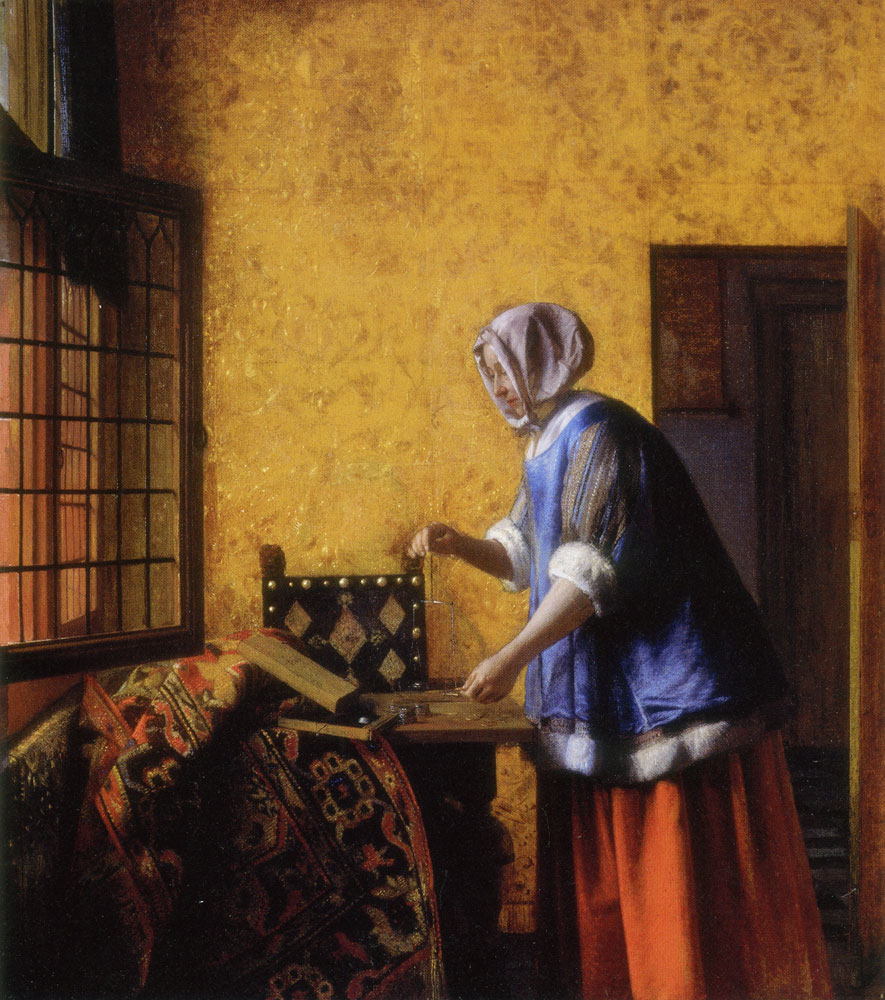

"Vermeer's Masterpiece 'The Milkmaid'," September 9–November 29, 2009, no. "The Age of Rembrandt: Dutch Paintings in The Metropolitan Museum of Art," September 18, 2007–January 6, 2008, no catalogue. "Vermeer and the Delft School," March 8–May 27, 2001, no. "Art Treasures of the Metropolitan," November 7, 1952–September 7, 1953, no. "The Hudson-Fulton Celebration," September–November 1909, no. 188 (as "The Cook Asleep," lent by Monsieur X of Paris). "Works by Early and Modern Painters of the Dutch School," April 28–July 25, 1903, no. Īrt Gallery of the Corporation of London. The mask may have been included in The Met's painting to suggest that love is here unmasked. Similar paintings appear in other works by Vermeer, and may be based on a painting of Cupid (or Amor) listed in the 1676 inventory of the artist's estate. The corner of a painting on the wall above the maid shows the leg of a Cupid and a theatrical mask. Thus, the implication is not that a visitor is expected, but that one-to judge from the open door and the disorderly array of objects on the table-has recently left the room. The still life on the table was also substantially revised (Liedtke 2007). A dog stood by the open door, looking at the male visitor. The larger hat is seen from the front, indicating that at one stage the man was coming toward the viewer. The man's face appears to be seen in profile, and two different hats were tried on his head. An x-radiograph reveals the figure of a man in the rear room, his head coincident with the mirror which, like the table below it, was added at a later stage.

1 above) that Vermeer made several changes to the picture. It is known from technical examination (see fig. It is likely one of the earliest works by Vermeer to have been acquired by the contemporary Delft collector Pieter Claesz van Ruijven (1624–1674), who owned all or at least most of the twenty-one paintings by Vermeer sold in the estate sale of his son-in-law, Jacob Dissius, in 1696. It probably dates from 1656 or 1657, following Diana and Her Companions of about 1653–54 (Mauritshuis, The Hague), Christ in the House of Mary and Martha of about 1655 (National Gallery of Scotland, Edinburgh), and The Procuress, dated 1656 (Gemäldegalerie Alte Meister, Dresden). This picture is possibly Vermeer's first effort in the field to which he devoted nearly all of his mature career: scenes of domestic life, usually focusing on a woman's personal surroundings.


 0 kommentar(er)
0 kommentar(er)
